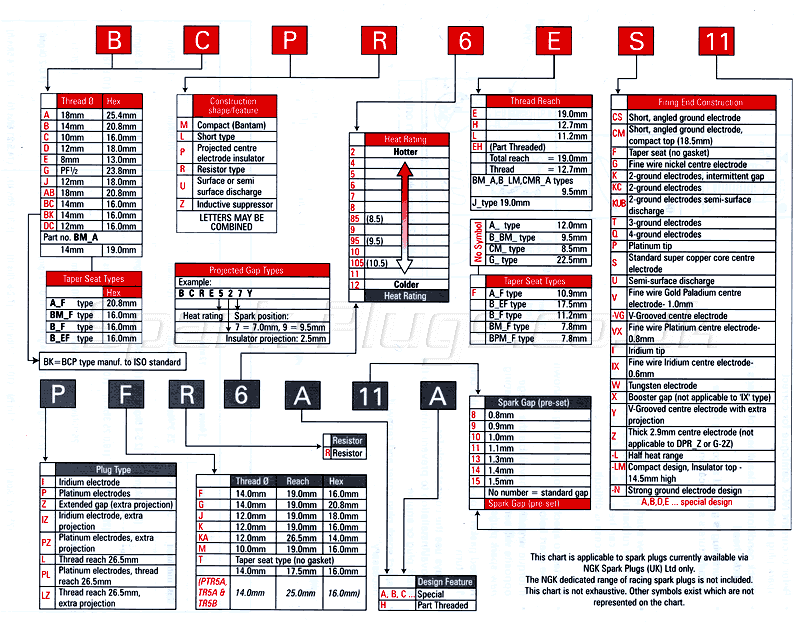naughtyG
Well-Known Member
Re: May have found a cheap coil/wire replacement option
I'm not quite sure I fully understand the hotter/cooler spark plug theory thingy. Could anyone explain this properly?
Also, how do you find out which is the appropriate cooler or hotter plug for any given motorcycle? Can you tell by the plug's name/numbering system?
Finally, what's the difference between a resistor or non-resistor type plug, how are they identified, and will they make a difference to the coils' secondary circuit load?
I'm not quite sure I fully understand the hotter/cooler spark plug theory thingy. Could anyone explain this properly?
Also, how do you find out which is the appropriate cooler or hotter plug for any given motorcycle? Can you tell by the plug's name/numbering system?
Finally, what's the difference between a resistor or non-resistor type plug, how are they identified, and will they make a difference to the coils' secondary circuit load?




